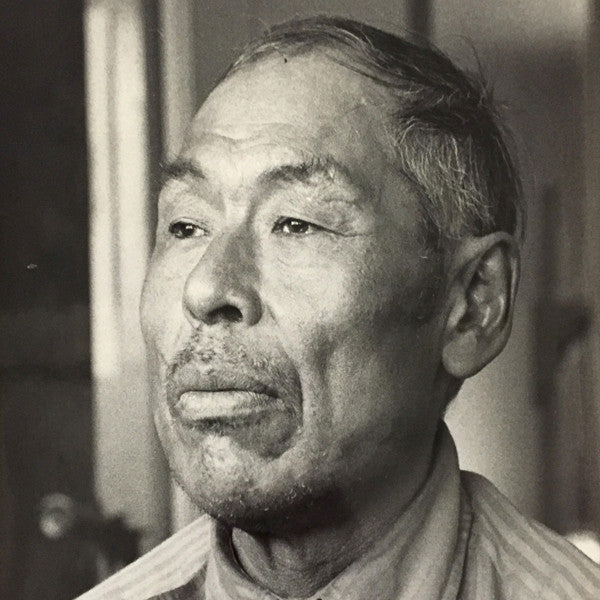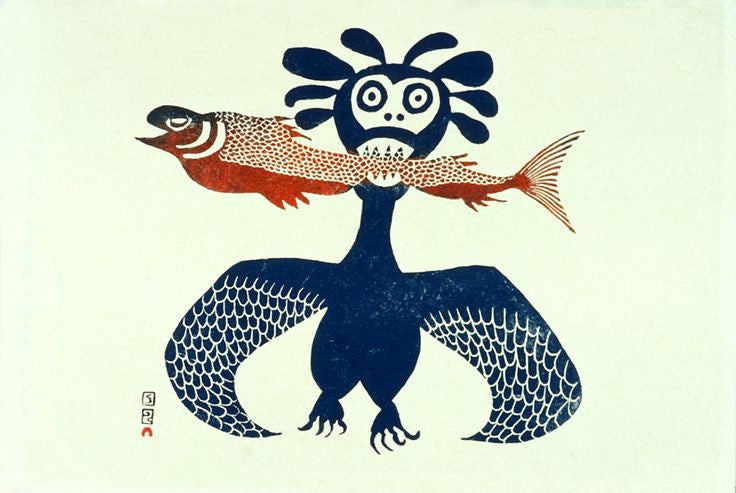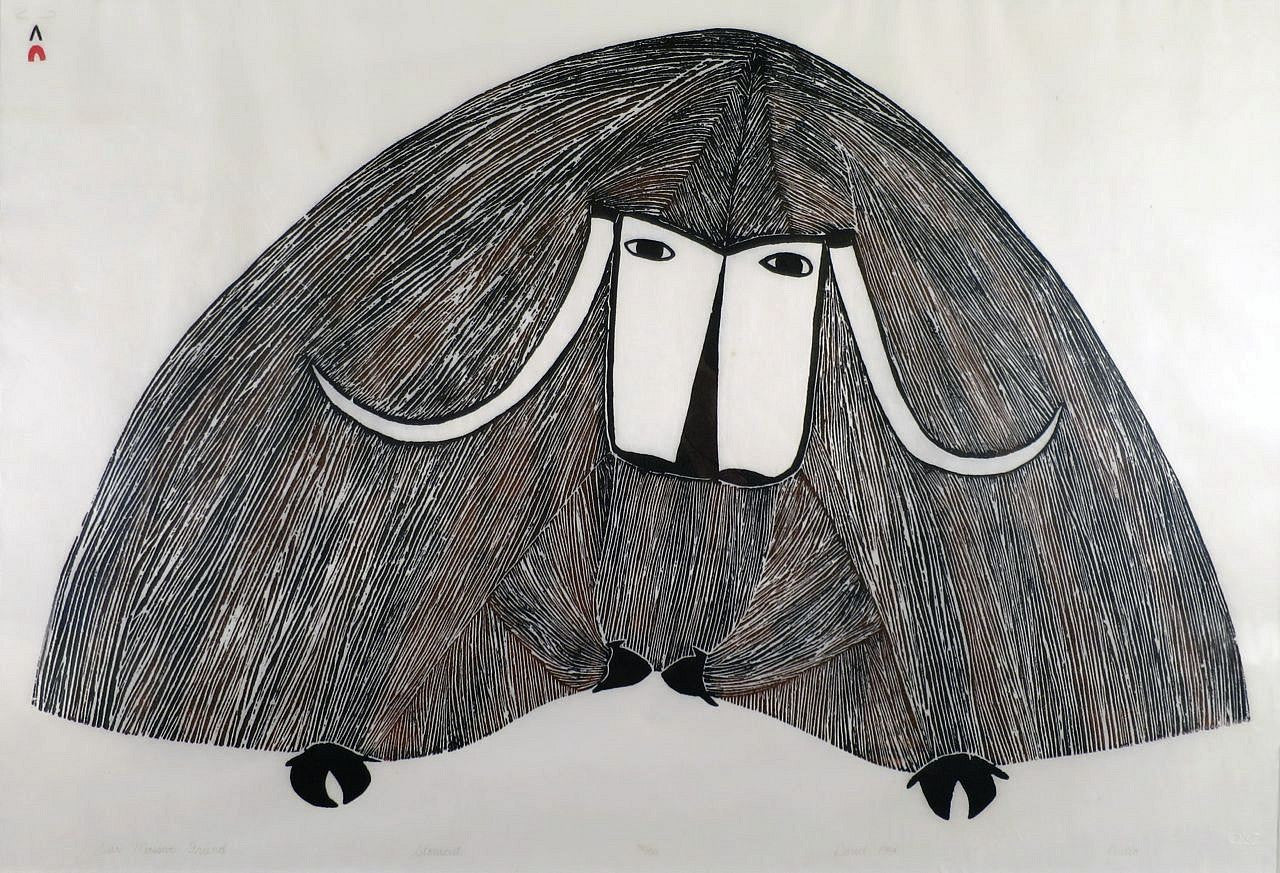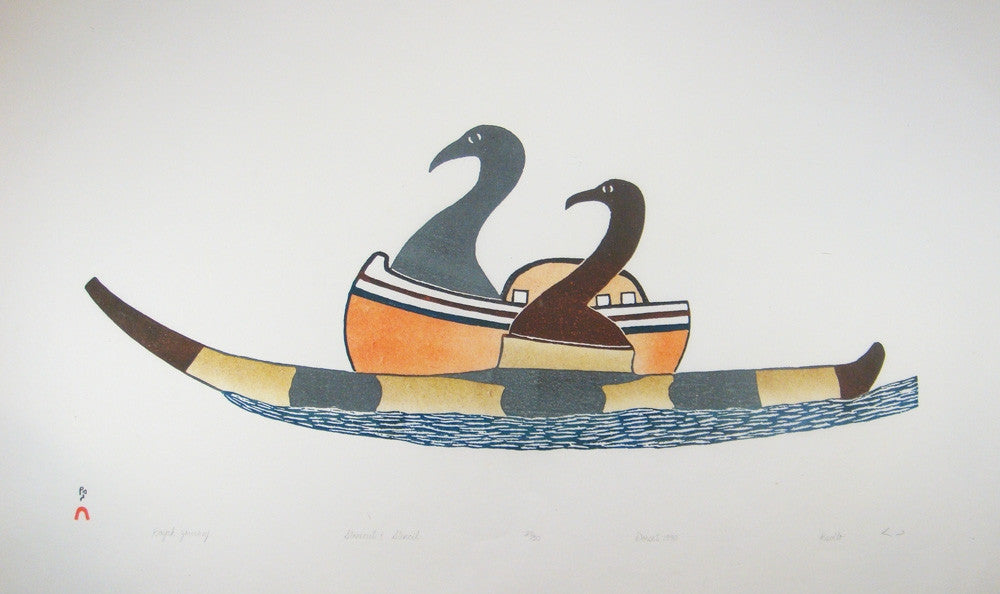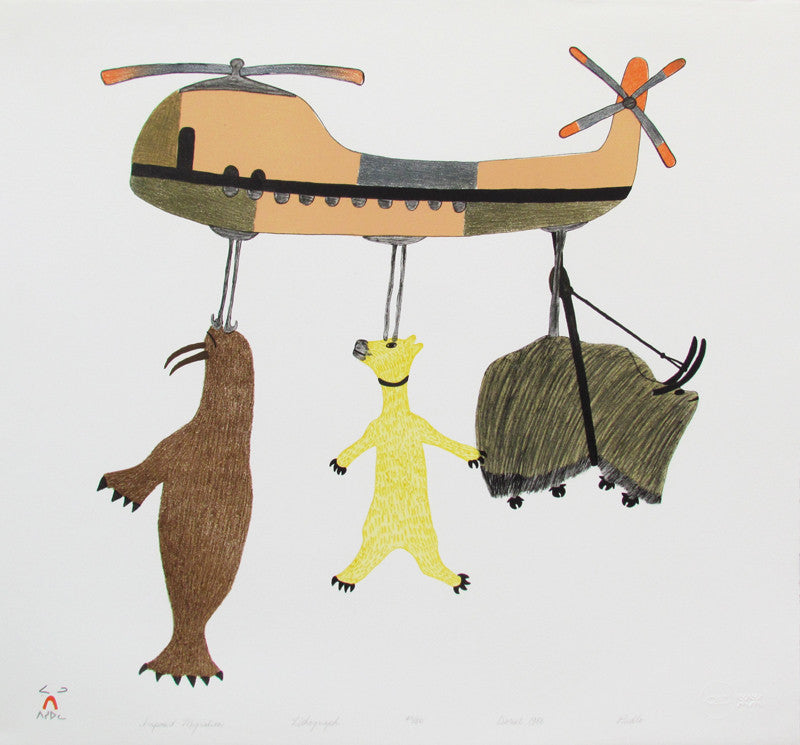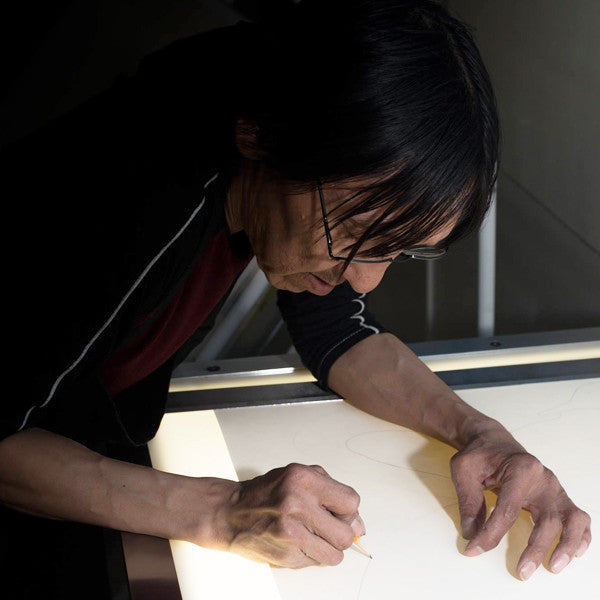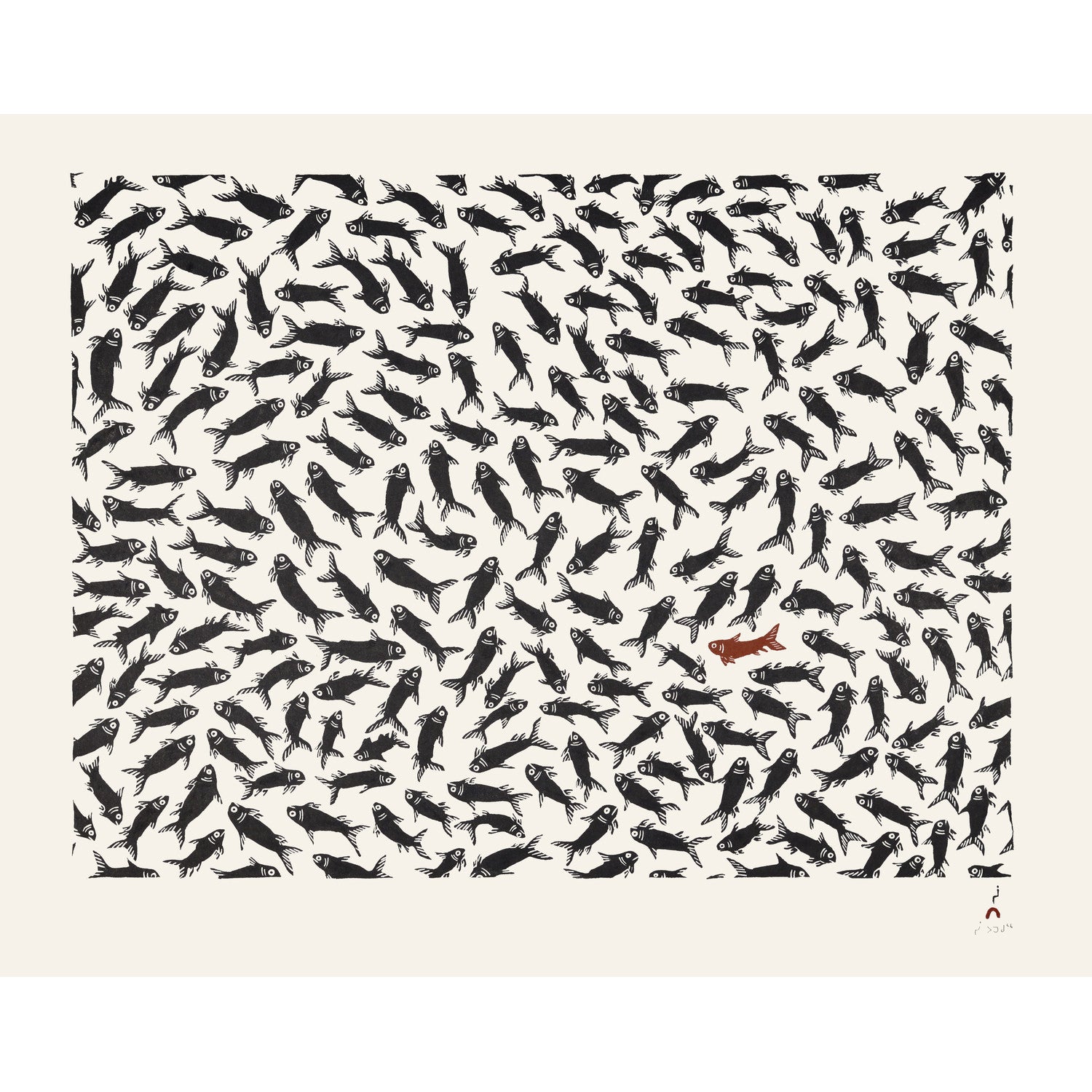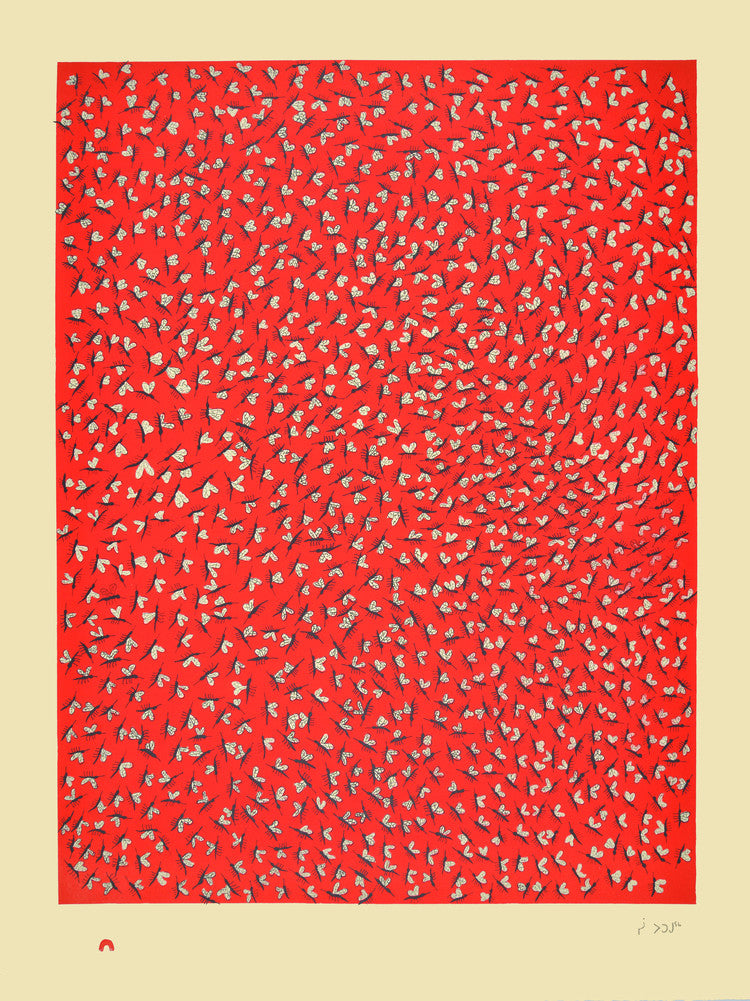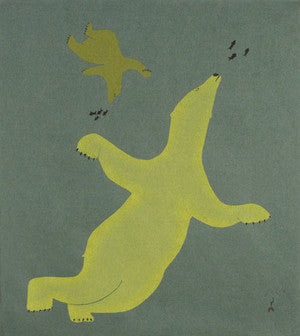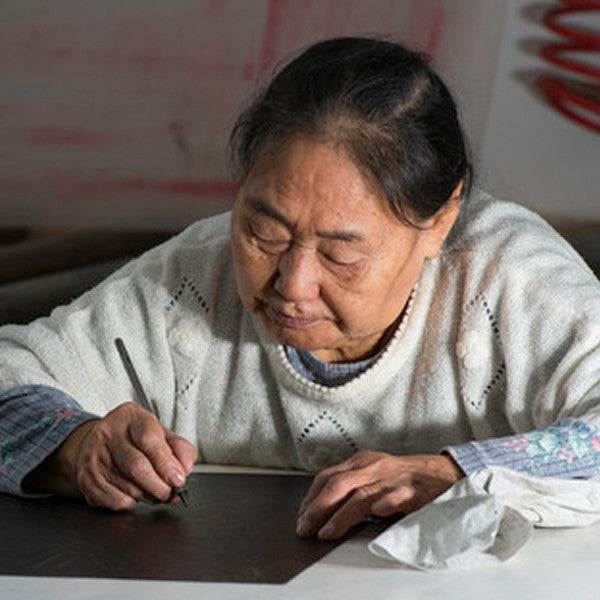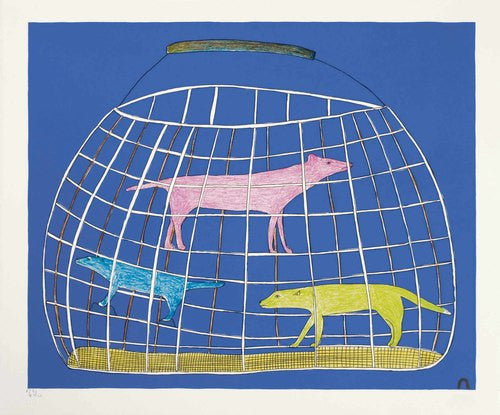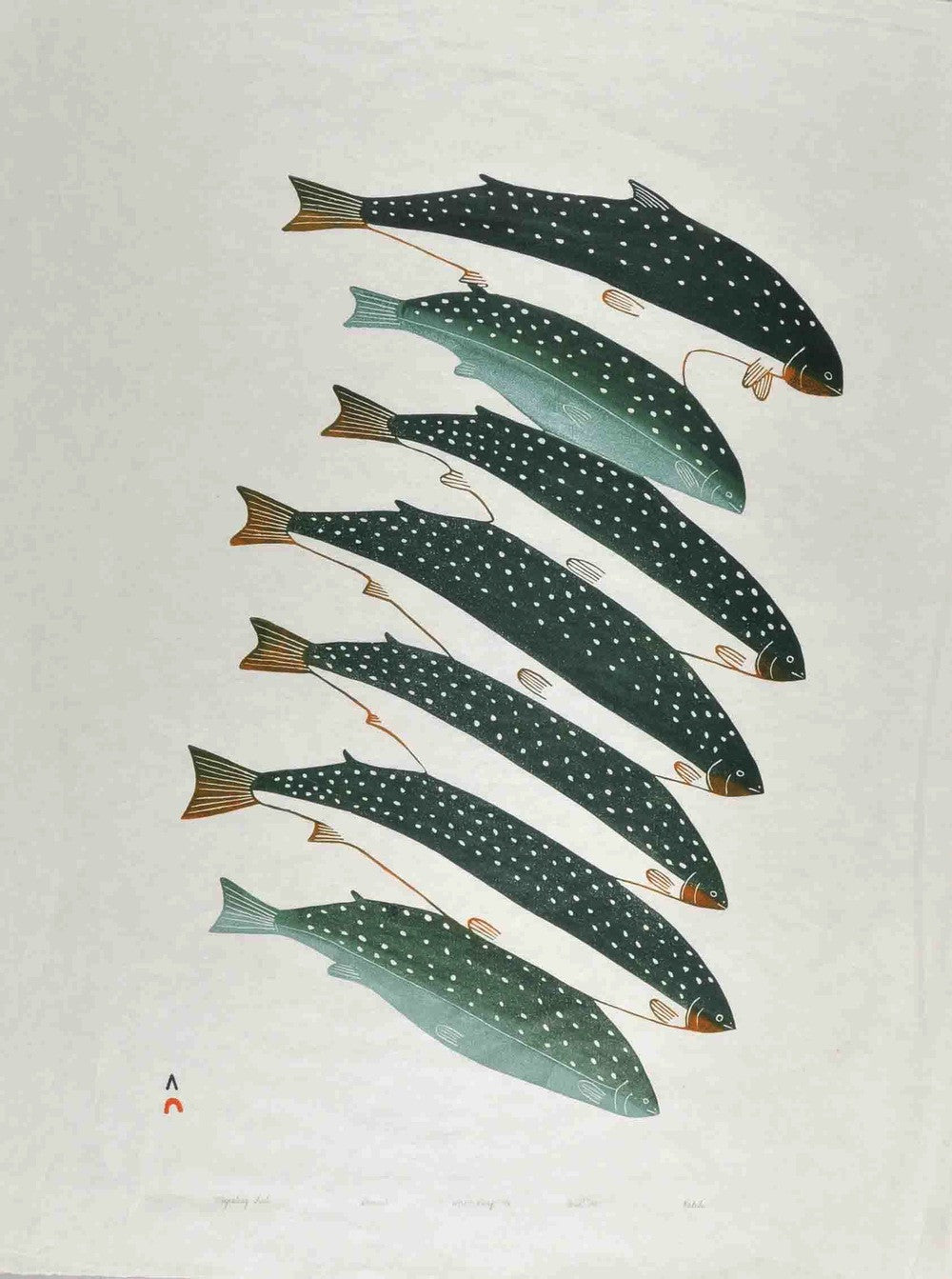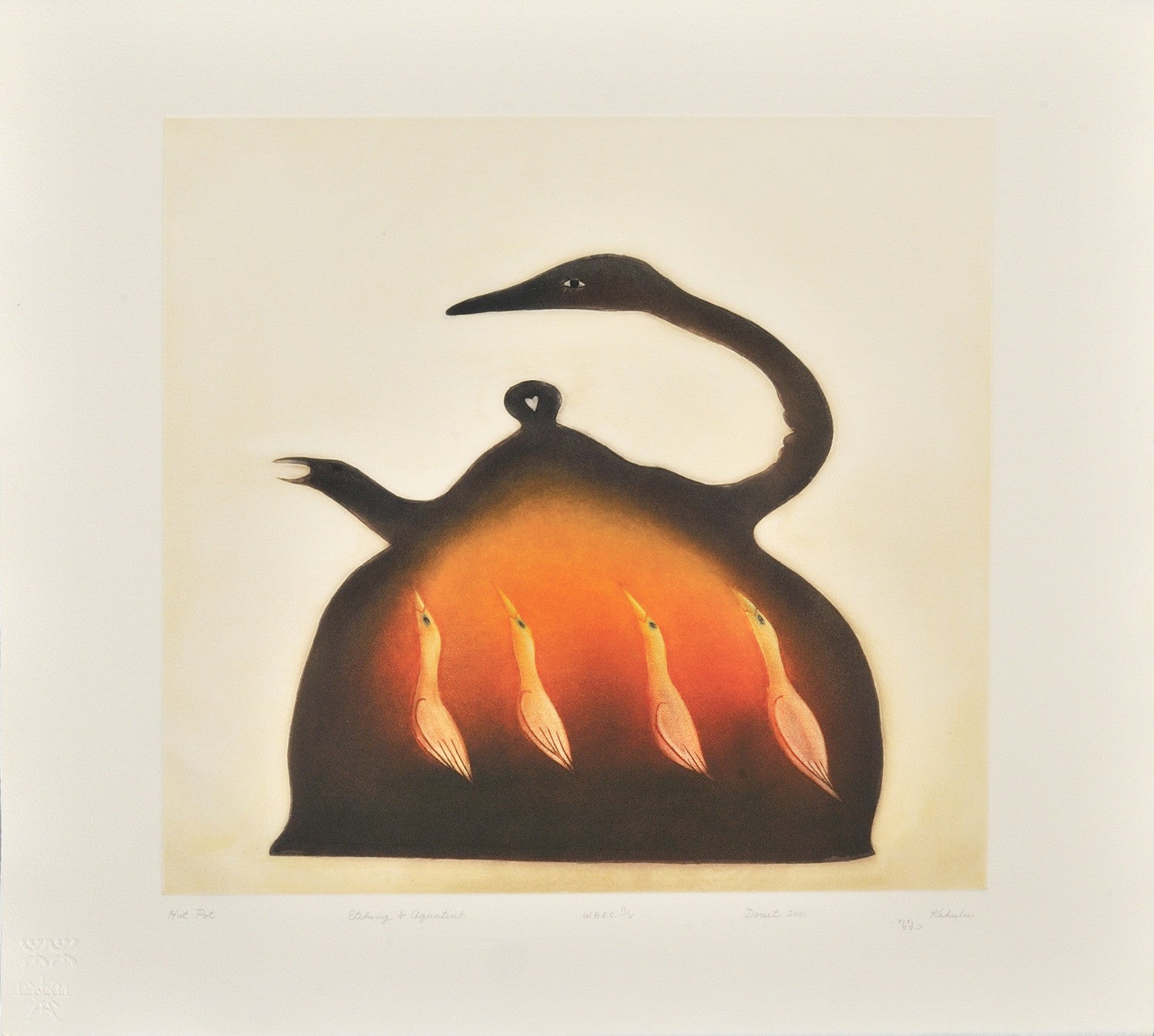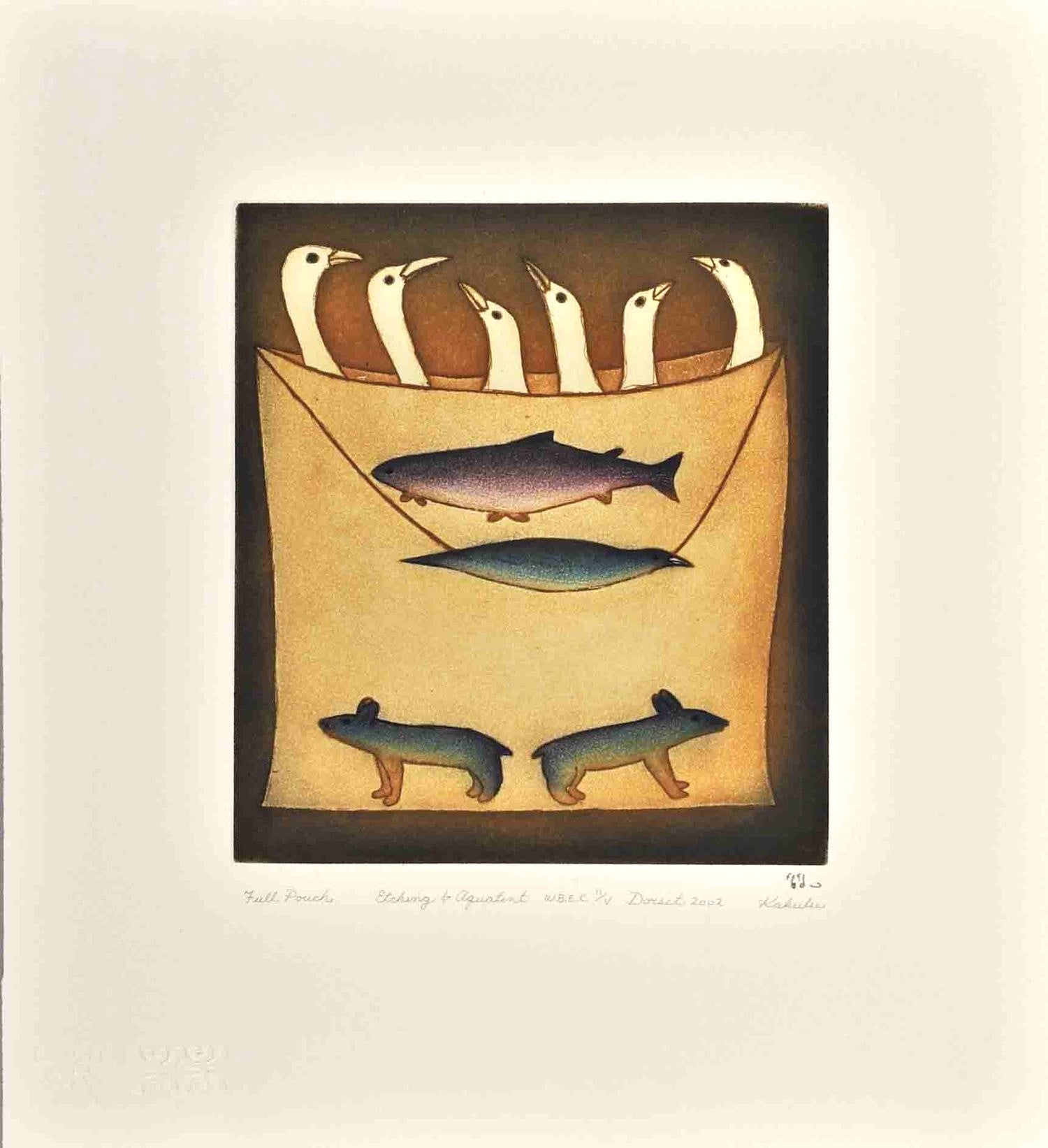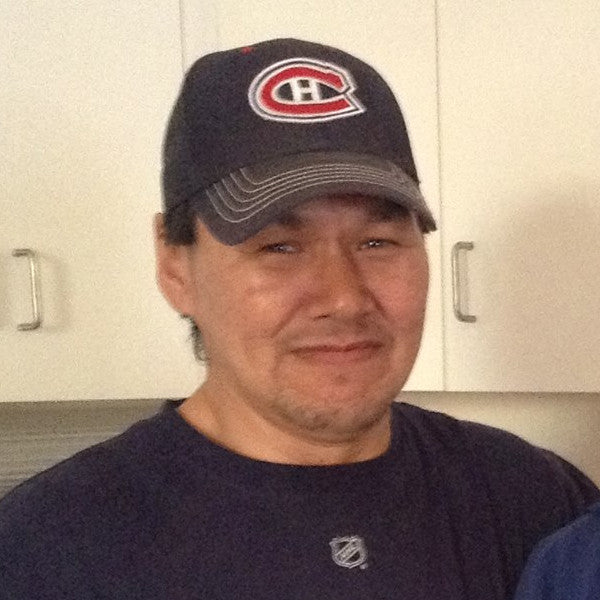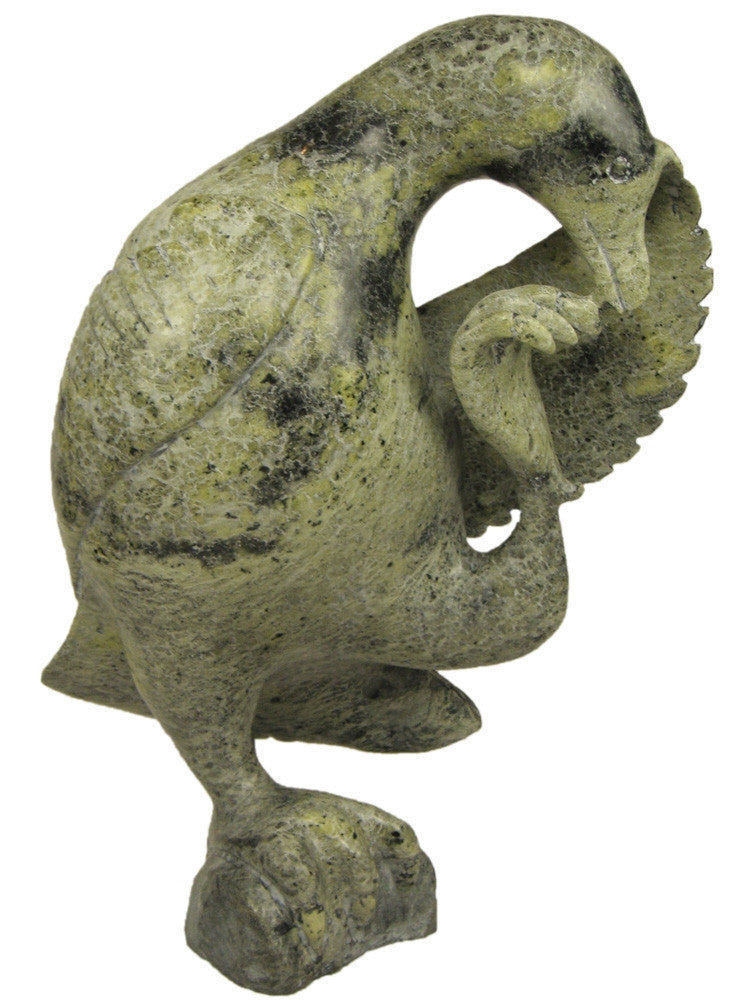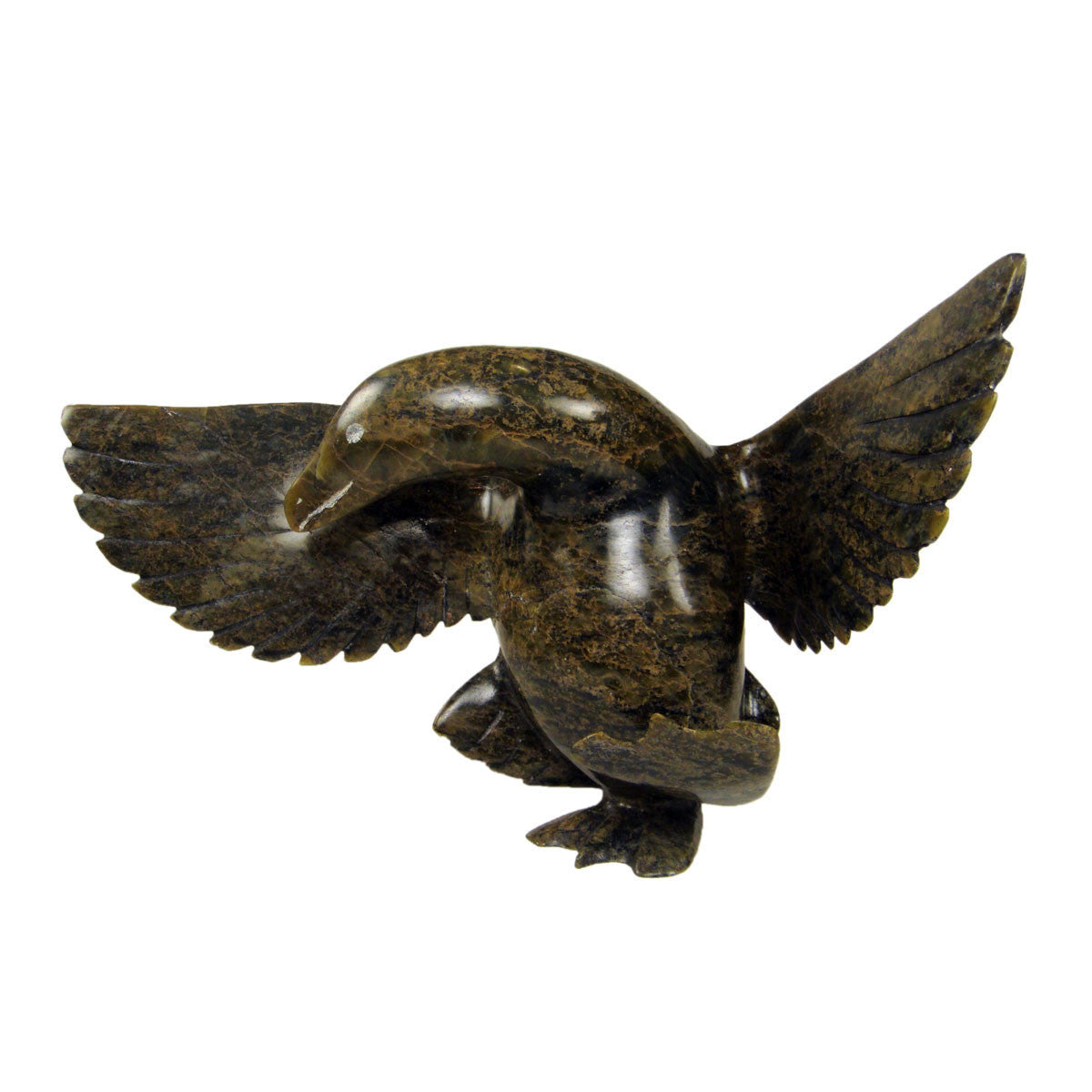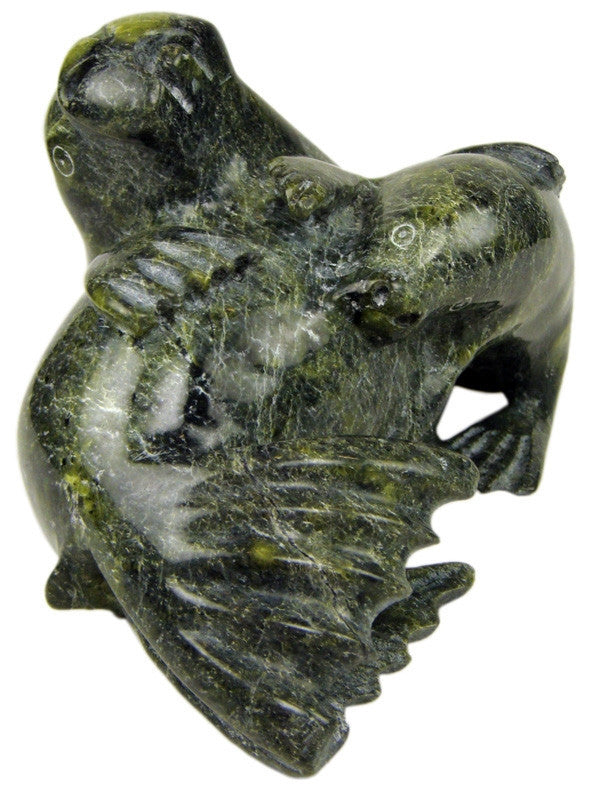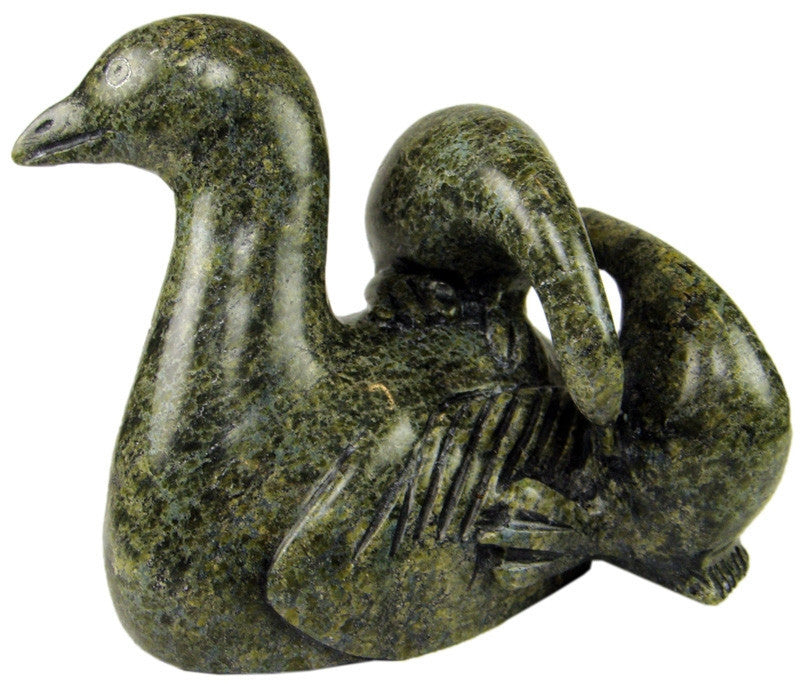- Sculptures
-
Graphic Arts
- Cape Dorset Print Collection 2025
- Cape Dorset Print Collection 2024
- Cape Dorset Print Collection 2023
- Newest Addditions
- Cape Dorset Print Collection 2022
- Ooloosie Saila Island Landscapes
- Cape Dorset Print Collection 2021
- Cape Dorset Print Collection 2020
- Cape Dorset Coop Prints
- Drawings
- Cape Dorset Print Collection 2019
- 2019 Cape Dorset Spring Release - Birds of Baffin by Kananginak Pootoogook
- Cape Dorset Print Collection 2018
- 2018 Cape Dorset Spring Release : from the archives
- Cape Dorset 2018 Special Release: A multitude of Infinities by Shuvinai Ashoona
- Cape Dorset Prints - Kinngait Prints (Nunavut)
- Povungnituk Prints - Puvirnituq Prints (Nunavik)
- Pangnirtung Prints - Panniqtuuq Prints (Nunavut)
- Baker Lake Prints - Qamanittuaq Prints (Nunavut)
- Holman Prints - Ulukhaqtuuq Prints (Nunavut)
- On Sale
- First Arts
- Featured Artists
- Boutique
- About Us
- Sign in
- Sculptures
-
Graphic Arts
- Cape Dorset Print Collection 2025
- Cape Dorset Print Collection 2024
- Cape Dorset Print Collection 2023
- Newest Addditions
- Cape Dorset Print Collection 2022
- Ooloosie Saila Island Landscapes
- Cape Dorset Print Collection 2021
- Cape Dorset Print Collection 2020
- Cape Dorset Coop Prints
- Drawings
- Cape Dorset Print Collection 2019
- 2019 Cape Dorset Spring Release - Birds of Baffin by Kananginak Pootoogook
- Cape Dorset Print Collection 2018
- 2018 Cape Dorset Spring Release : from the archives
- Cape Dorset 2018 Special Release: A multitude of Infinities by Shuvinai Ashoona
- Cape Dorset Prints - Kinngait Prints (Nunavut)
- Povungnituk Prints - Puvirnituq Prints (Nunavik)
- Pangnirtung Prints - Panniqtuuq Prints (Nunavut)
- Baker Lake Prints - Qamanittuaq Prints (Nunavut)
- Holman Prints - Ulukhaqtuuq Prints (Nunavut)
- On Sale
- First Arts
- Featured Artists
- Boutique
- About Us
Pudlo Pudlat
Sold Out
Pudlo Pudlat lived for much of his life in the Kimmirut region in what is now the Canadian Territory of Nunavut, hunting and fishing with his family along the southwest coast of Baffin Island. Pudlo began drawing in the early 1960s after he abandoned the semi-nomadic way of life and settled in Cape Dorset. He experienced firsthand the radical transformation of life in the Arctic that occurred in the 20th Century and reached its peak in the 1950s.
Until he was six, he lived around Coral Harbour; later, he moved to the region of Lake Harbour, now called Kimmirut. In the late 1950s, when he was already in his 40s, he moved to near Cape Dorset to recover from a bout of tuberculosis. It was there he met Inuit art pioneer James Archibald Houston and began his career as an artist.
Pudlo spent 33 years creating art. He began by carving sculpture, but he found carving difficult because of an arm injury, so he switched to drawing around 1959 or 1960. Initially encouraged by James Houston and then by Terry Ryan of the West Baffin Eskimo Co-operative, he embraced drawing and later printmaking and painting as these media were introduced in the north. Pudlo occasionally traveled south and to other parts of the Arctic for medical treatment. The objects he encountered his travels, especially airplanes, are prominent in his subject matter.
In 1972 one of Pudlo's prints was selected for reproduction on a UNICEF greeting card. Pudlo travelled to Ottawa to attend the opening of an exhibition of the works. He remembered it as the first work for which he was invited south and accorded public recognition.
Pudlo's art is characterized by a playful sense of humour and a fascination with the trappings of modern life, especially airplanes. His early drawings are simple outlines made with lead pencil. In the mid-1960s, Pudlo began to work with coloured pencils and felt-tipped pens, and his art became more elaborate. In many ways Pudlo's work symbolizes the paradoxes of the encounter between traditional Inuit culture and modern life.
"Pudlo's works over the years demonstrate his keen visual sense, his versatility and innovativeness in subject matter and technique — tempered by his sense of humour — his knowledge of traditional life on the land, and his acknowledgement of the changing times.... Pudlo's thinking/drawing process is a truly creative approach, done both consciously and unconsciously. In the 1978 Cape Dorset print catalogue (page 67) Pudlo talks about his drawing: At times when I draw, I am happy, but sometimes it is very hard. I have been drawing a long time now. I only draw what I think, but sometimes I think the pencil has a brain too." Jean Blodgett, "Grasp Tight the Old Ways", 1983
Pudlo's last prints appear in the annual Cape Dorset Print collection and catalogue of 1993.
Related Items
Cee Pootoogook
Sold Out
CEE POOTOOGOOK 1967- Cee Pootoogook was born on August 1, 1967. Around 1990, Cee began carving and he developed a solid reputation for his curious...
View full product detailsKakulu Saggiaktok
Sold Out
KAKULU SAGGIAKTOK 1940- I like to draw birds, Sedna, seals and beluga whales. They are the most fun and I really enjoy seeing them in...
View full product detailsKelly Etidloie
Sold Out
1966-Kelly Etidloie is a Mid Career Inuit carver. His mother Kingmeata Etidloi was a prolific graphic artist. His father Etidloi Etidloi was also an artist. He...
View full product detailsSign up to get the latest on sales, new releases and more …
Showroom open by appointments only ! contact us @ info@inuitartzone.com
© 2025 inuitartzone.com.
Powered by Shopify


